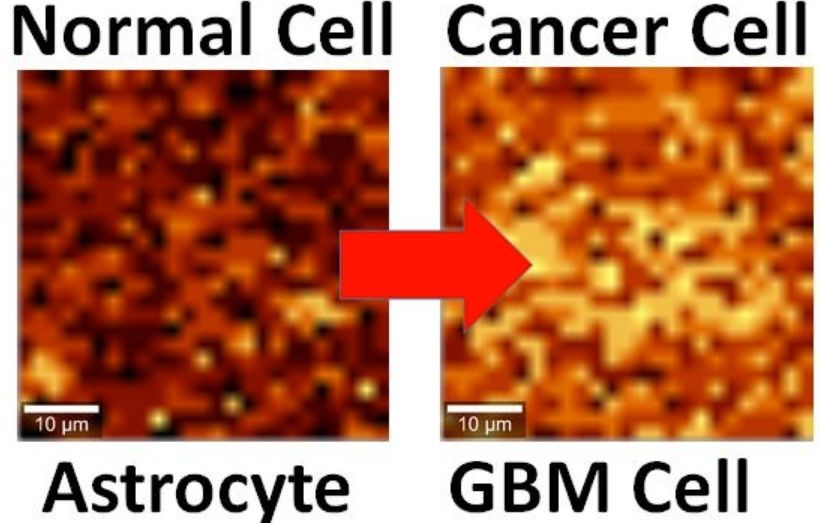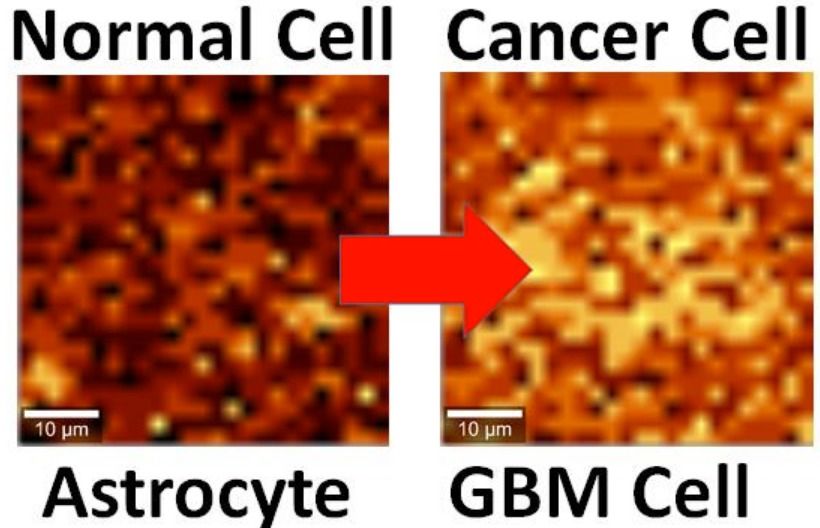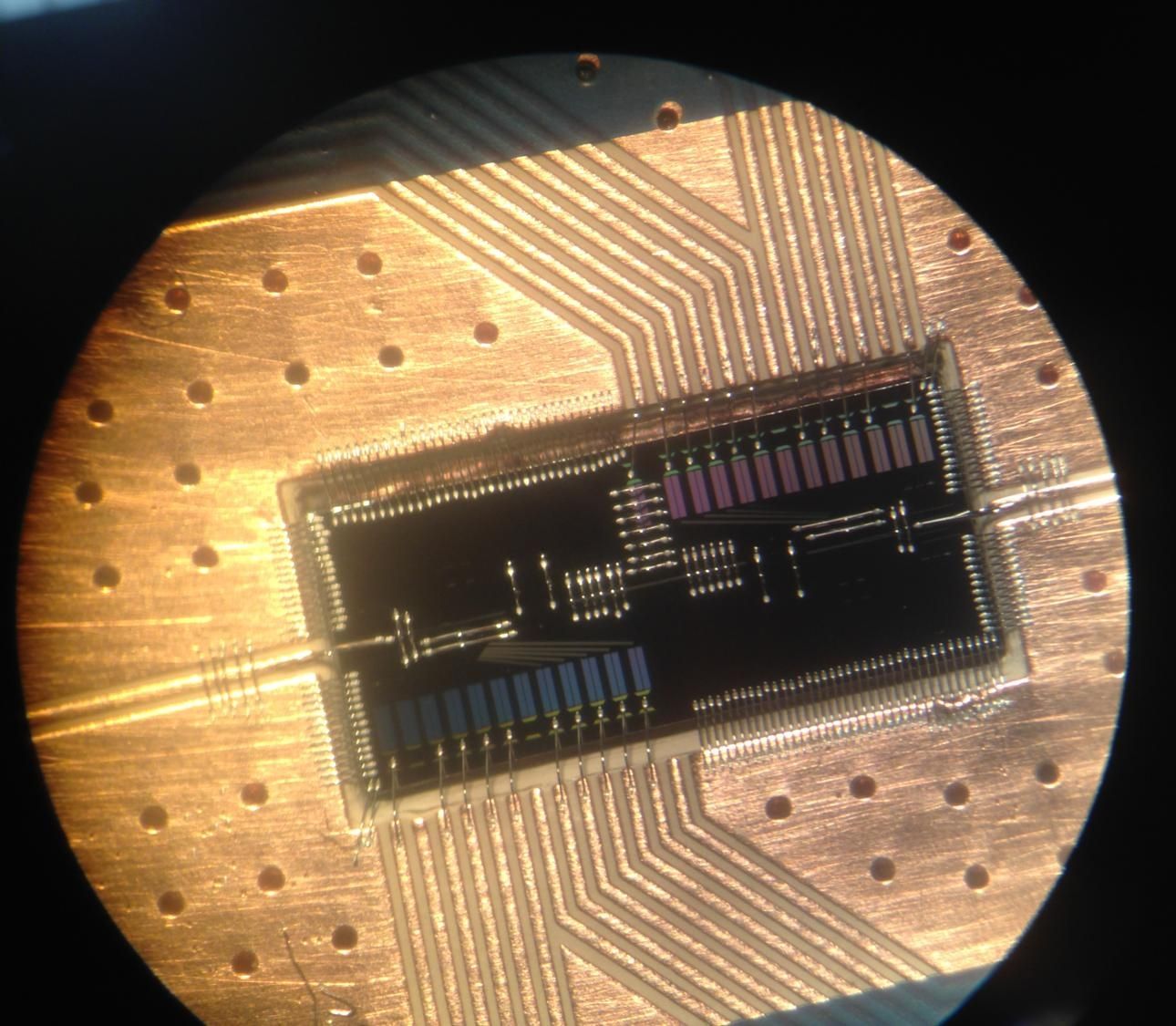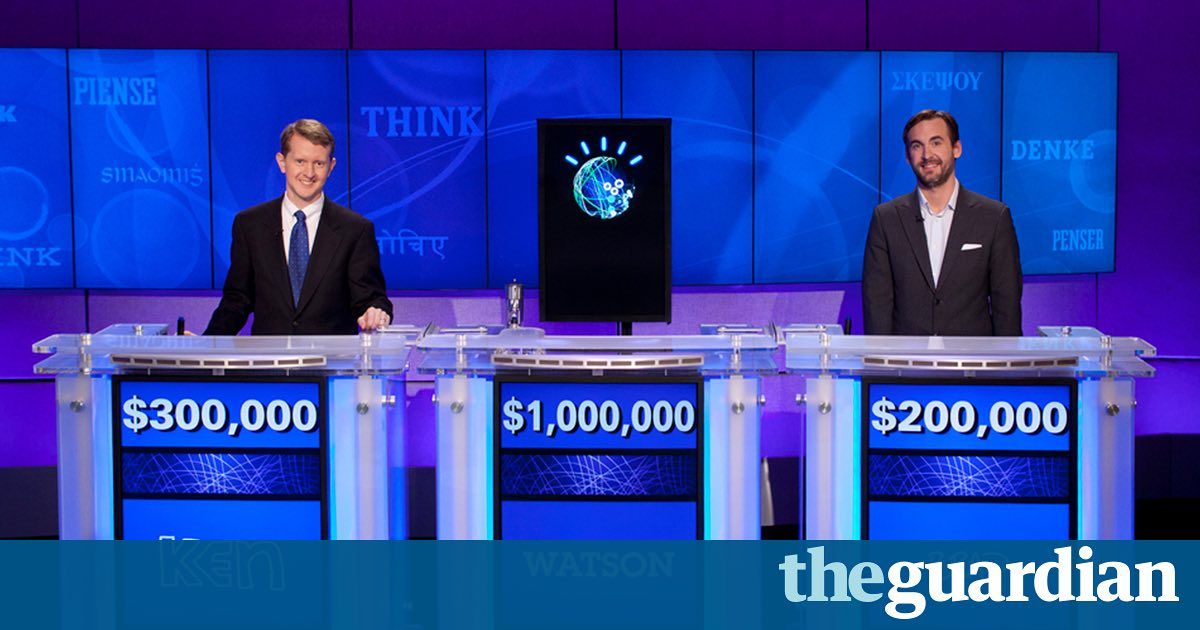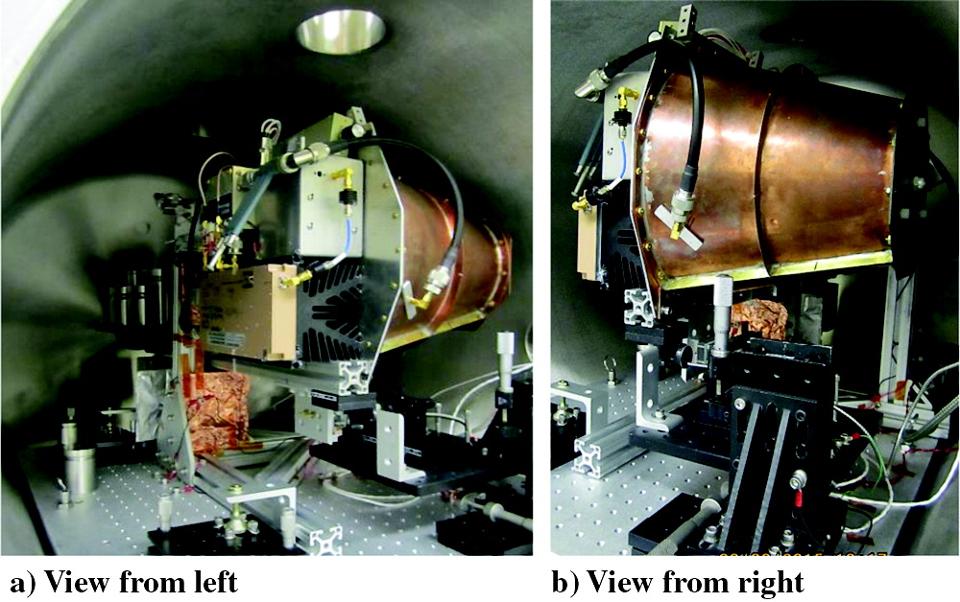Dec 22, 2016
Using graphene to detect brain cancer cells
Posted by Karen Hurst in categories: biotech/medical, neuroscience
Graphene has already proven its importance to brain implants as well as other Synbio technology.
By interfacing brain cells with graphene, University of Illinois at Chicago researchers have differentiated a single hyperactive Glioblastoma Multiforme cancerous astrocyte cell from a normal cell in the lab — pointing the way to developing a simple, noninvasive tool for early cancer diagnosis.
Continue reading “Using graphene to detect brain cancer cells” »
